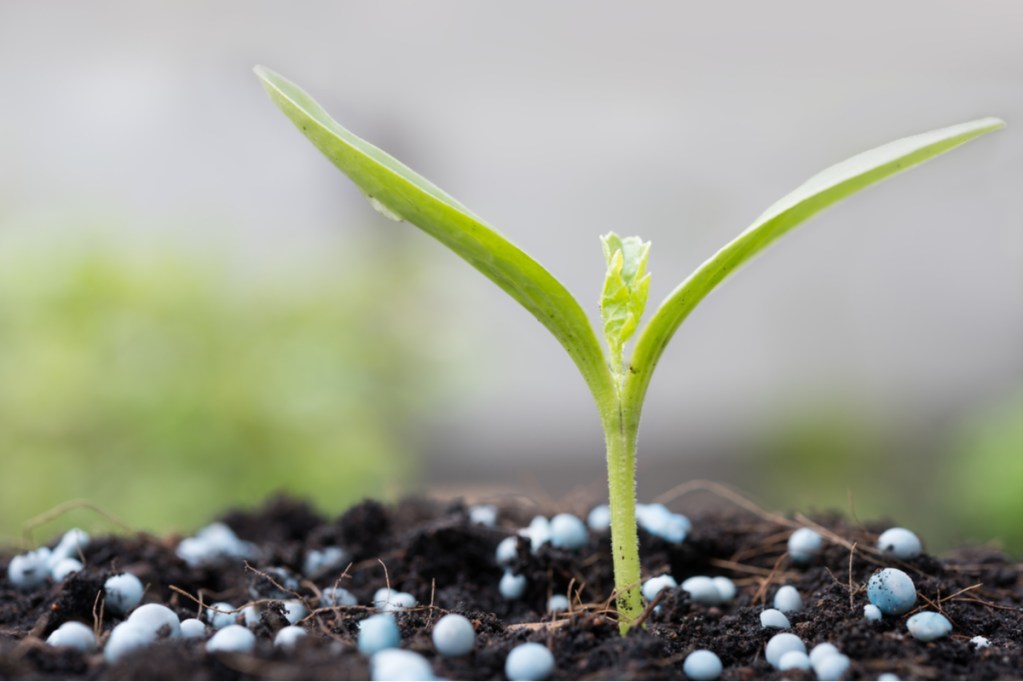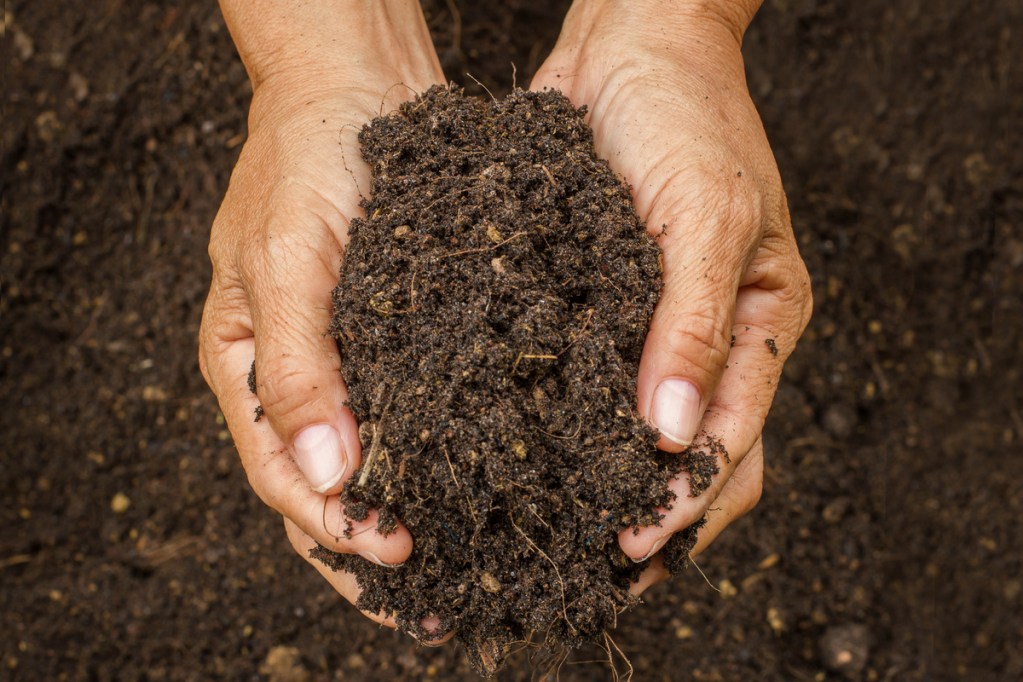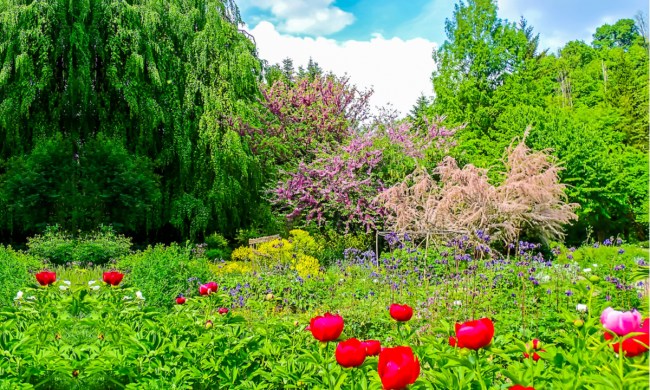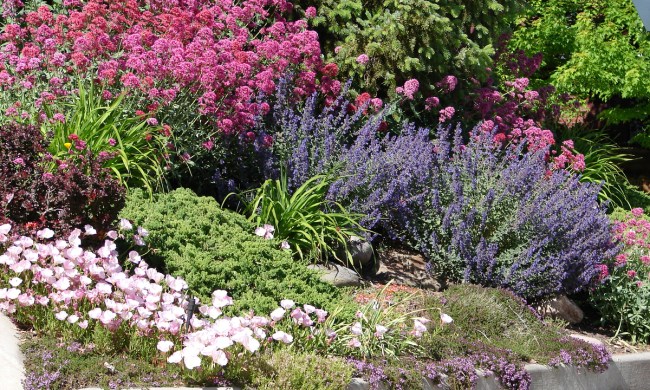Gardening can be a rewarding, fun, and useful hobby, but it can also be challenging at times. If you’re struggling to keep your garden healthy and happy, then it might be time to consider switching to a more sustainable gardening method. Sustainable gardening can make your garden easier to care for, and it’s better for the environment. If you’re wondering about what exactly sustainable gardening is and how it works, then this is the guide for you! We’ll explain what it is and help you get started with some tips and tricks.
What is sustainable gardening?

Sustainable gardening doesn’t have a single concise definition, and it can take many different forms. Unfortunately, that sometimes leaves gardeners (especially beginners) a bit confused. To break it down, sustainable gardening methods focus on the environment, including being mindful of what chemicals or invasive species are being introduced to the ecosystem and trying to mimic the natural conditions of the environment in your garden.
There are many ways you can go about this, making it an adaptable and achievable goal. If you can’t commit to being 100% sustainable, you can still use one or more sustainable gardening methods to make your garden more of an eco-friendly one than it otherwise would be.
Work with the environment

Working with the environment may sound complicated, but it’s actually quite simple. Start by learning a little bit about where you live and what the natural environment is like. Knowing the climate zone and biome you’re in will give you a range of information about the average temperatures, climate, and weather patterns.
Choosing plants that are naturally adapted to the environment you live in will help you maintain your garden more easily and efficiently. Plants that are native to your region are the best fit, as they’re adapted to grow well not only in that climate, but also with the other plants, animals, and insects found there.
For example, imagine you live in a region with hot weather, intensely bright sunlight, and frequent droughts, but your garden is full of plants that love shade and lots of water. Most of your time and effort will be going into keeping the garden watered. Not only will this garden take a lot of extra work, but you’ll also be wasting a lot of water. Native plants that are adapted will be able to withstand the heat and sun, and they’ll need less water.
Focus on variety

No matter what type of garden you’re planning, you should strive to have a mix of different plants. Each plant has unique benefits to offer your garden and the ecosystem, and a garden with multiple different plants will be healthier than a garden made up of only one plant. Some plants have specific benefits, such as repelling pests, attracting pollinators, or adding nutrients to the soil. Even plants without these benefits can still make your garden healthier overall, as having a variety of plants can slow the spread of pests and diseases.
For example, a vegetable garden with only brassicas like kale, cabbage, and broccoli can be quickly overrun since all the plants are vulnerable to the same pests. If other plants are mixed in with them, the pests can’t simply hop from one plant to the next. This doesn’t just apply to gardens, though. Lawns are also healthier if they contain a mix of plants instead of just grass.
Reduce the use of chemicals

Chemicals make up a pretty broad category of plant care tools, including pest control, herbicides for weeds, and fertilizers. However, many of the chemicals used in these products can linger in the soil or leech into nearby water sources. As useful as these products can be in your garden, once they’re applied, you no longer have control over where the chemicals go or what they impact. While a small amount may not do much damage, the small amounts used in individual gardens can add up and do serious damage to the ecosystem.
Reducing the amount of chemical products you use or even eliminating them altogether is one step toward alleviating this problem. Luckily, there are organic and natural alternatives you can use in your garden to achieve the same effects as these products. Organic or plant-based pest control methods, mulch, and organic fertilizers like compost are all helpful.
Avoid leaving bare soil

When soil is left exposed for extended periods of time, it can erode away. This is bad news for your garden, since you need the soil and its nutrients for your plants, but it isn’t great for the environment either. Soil takes a long time to form, so your ecosystem can’t replace it easily. Plants hold the soil in place with their roots, so as long as your garden is in use you should see minimal erosion.
If you plan on taking a break from your garden, plant a cover crop to hold the soil in place and restore it. If you’re done gardening entirely, plant grass or another ground cover over the area to avoid erosion.
These sustainable gardening tips can help you make your garden healthier and more eco friendly. With them as part of your gardening tool kit, you can improve your garden with ease. These tips are part of an excellent strategy for helping the environment, alongside recycling and reducing food waste.




